CAVIAR BEADS
Caviar beads are small, round, phthalate-free PVC beads that come in many sizes and colors (including clear).
Caviar bead application is an alternative decoration method in the textile printing sector. Caviar beads, which is supplied in different sizes by sieving, is mostly applied by the scattering method. After the process, a fixing oven is required to dry the adhesive.
Prior to caviar transfer, patterned glue is affixed using a serigraphy stencil. Caviars should be dispersed onto semi-wet adhesive. Generally, a slight cold press should be implemented. The glue must be fixed at a temperature of 145-150°C.
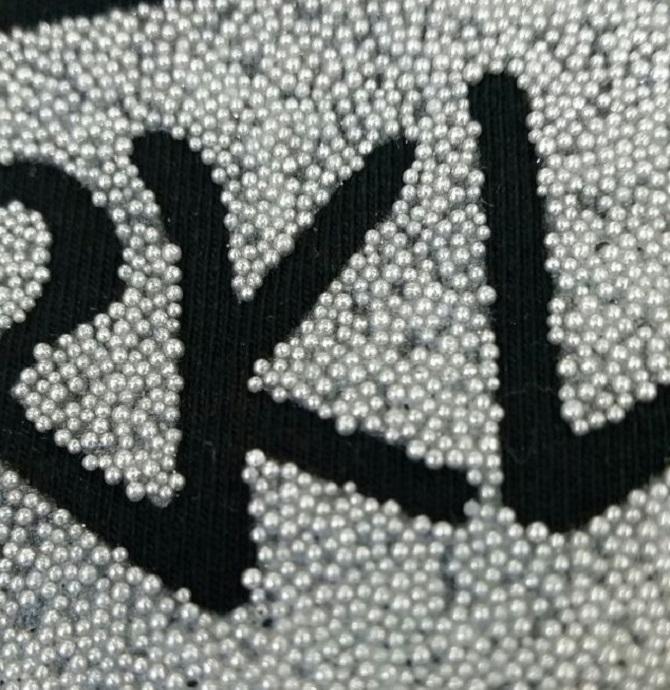


Havyar boncuklar, birçok boyut ve renkte (şeffaf dahil) olan küçük, yuvarlak ve fitalat içermeyen PVC boncuklardır.
Havyar boncuk uygulaması tekstil baskı sektöründe alternatif bir dekorasyon yöntemidir. Eleme ile farklı boylarda tedarik edilmekte olan havyar, çoğunlukla serpme yöntemiyle uygulanmaktadır. İşlem sonrası, tutkalın kurutulması için, fikse fırını gerekmektedir.
Havyar transferinden önce serigrafi şablonu kullanılarak desenli tutkal uygulanır. Havyarlar yarı ıslak yapıştırıcı üzerine dağıtılmalıdır. Tutkala 145-150°C sıcaklık uygulanarak fikse edilir.

SMALL: 0,6-0,8 mm
MIDDLE: 1,0-1,2 mm
WHITE (READY TO DYE)
ORIGINAL BLACK
CLEAR (TRANSPARENT)
DARK BLUE, LIGHT BLUE, PINK, RED, PURPLE, FUSCHIA, LIGHT GREEN, YELLOW, ORANGE
1 / 5 / 25 kg
Cotton polyester fabrics
Elastic fabrics
Knitted or woven fabrics
Water based adhesive should be used onto any kind of fabric.
Can be used on the same web with glitters.
Examples of Caviar Beads Application Areas
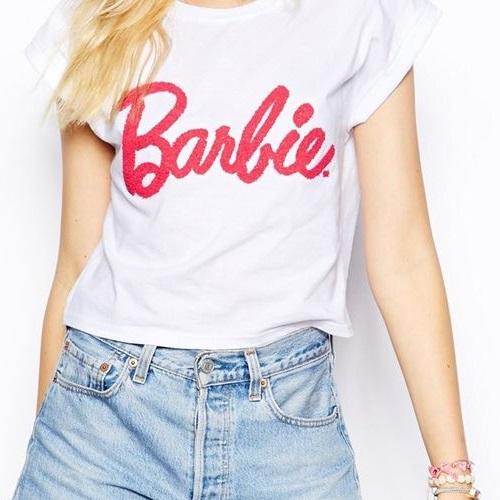
T-shirt Printing
Partial printing is the general application area of caviar printing.
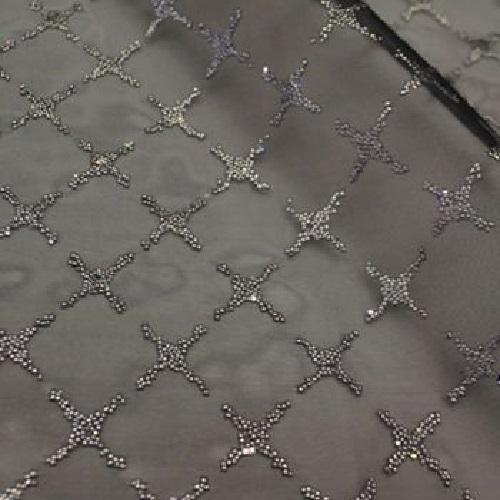
Home Accessories
It is usually applied to different surfaces with rotation printing.

Caviar Beads & Stone
It is used with different printing techniques and adds depth to the printing.
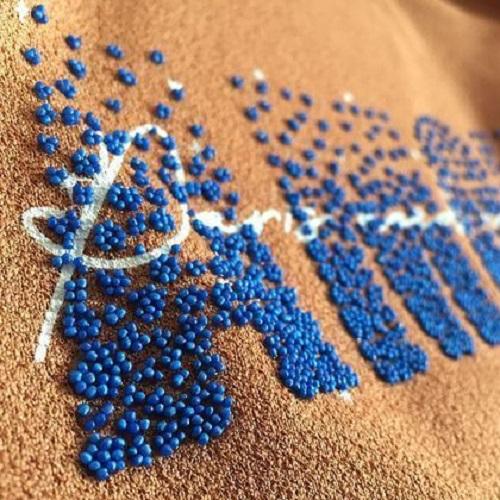
Caviar Beads & Ink
It can be used with ink printing and can be applied with foil application.
Caviar Beads Application Stages
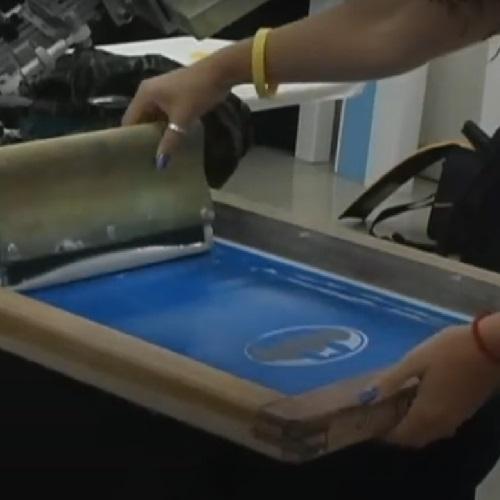
1
Adhesives
Since the sprinkling technique will be used, special caviar glue should be applied thickly using a patterned mould.
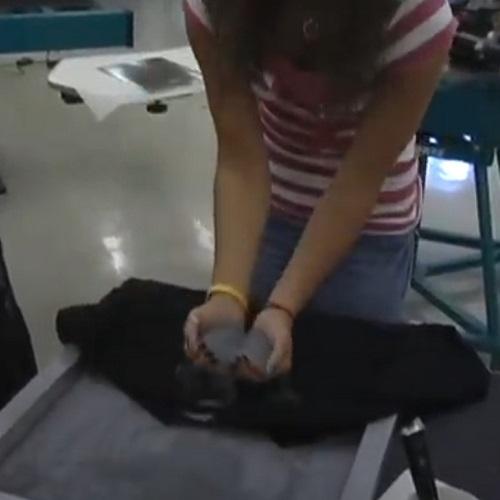
2
Sprinkling
Dry and glue-free caviar beads are selected for the hand sprinkling process, but when made by machine it is by pouring method.
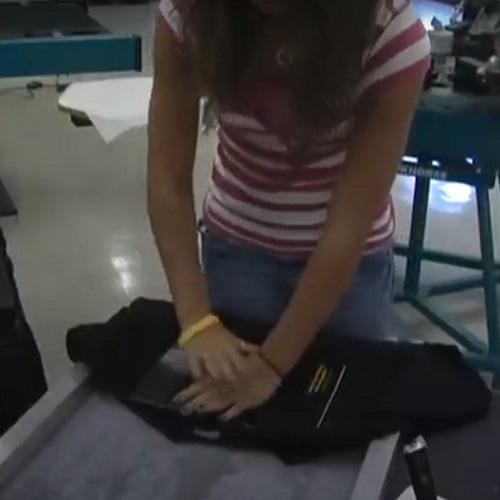
3
Crushing
The freely applied caviar beads should be well embedded in to the thickly applied glue surface.
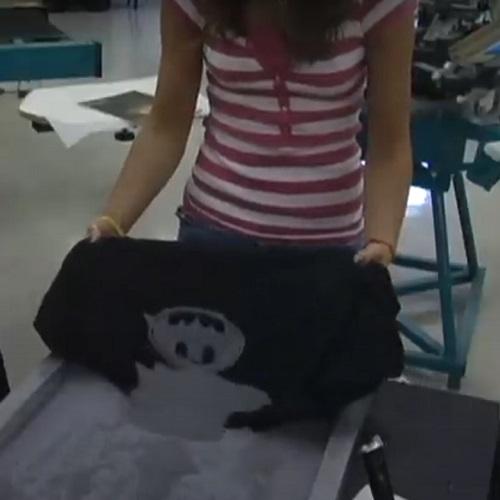
4
Shaking
Glueless beads are collected back and the contaminants are separated to prevent mess from next printing process.
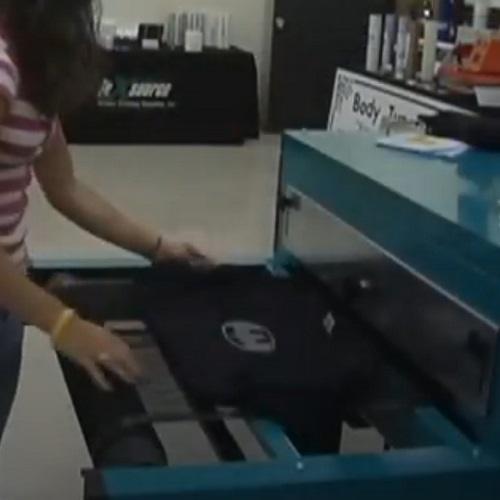
5
Fixation
Depending on the type of glue used, it is fixed at 160°C-170°C for 1,5 minutes.
Other Products can be used for Caviar Beads Printing
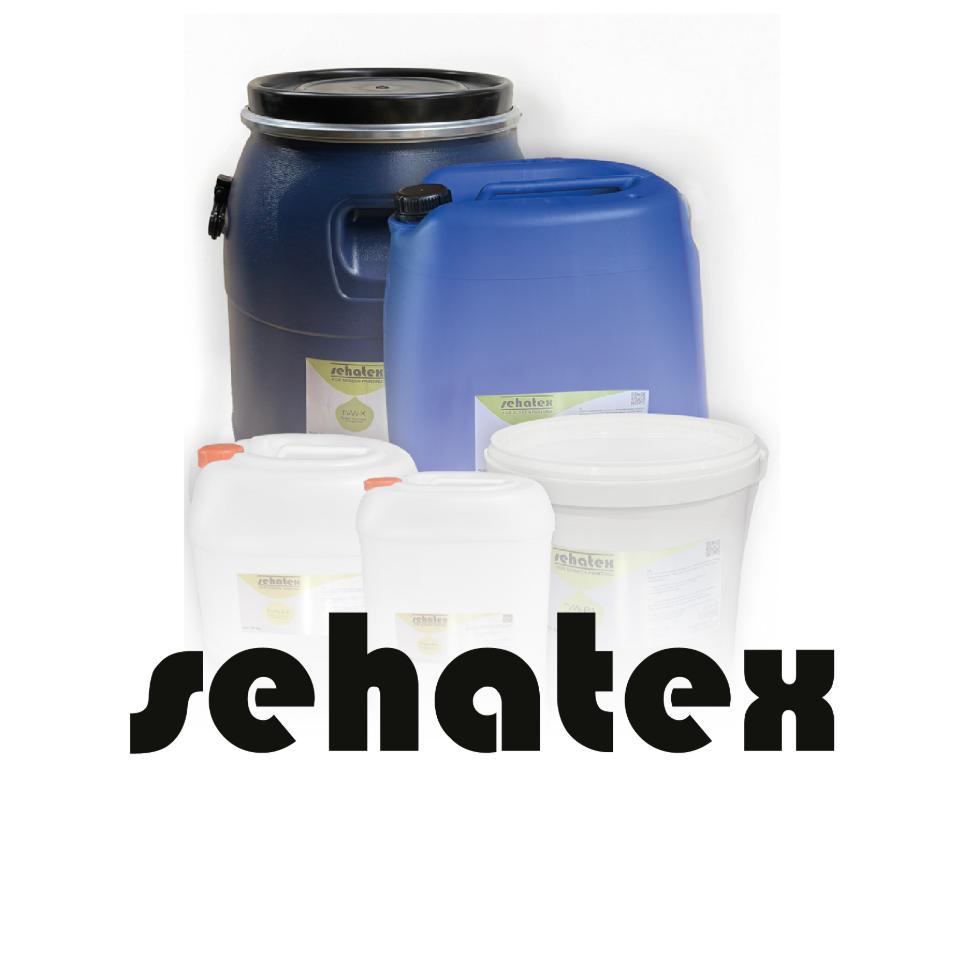
Adhesives
This adhesive is developed to wrap around the caviar beads and to be durable for printing process.
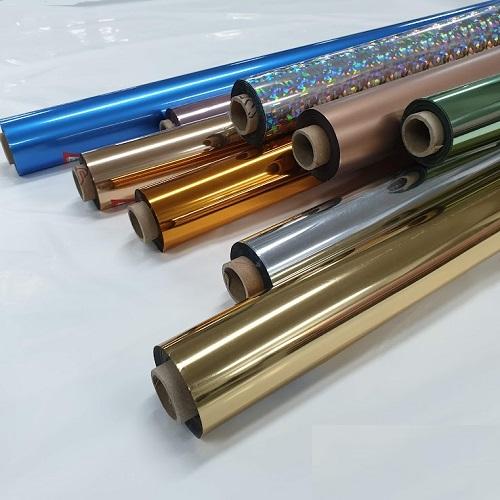
Hot Stamping Foils
Sometimes it can be used together with caviar beads printing on the same surface.
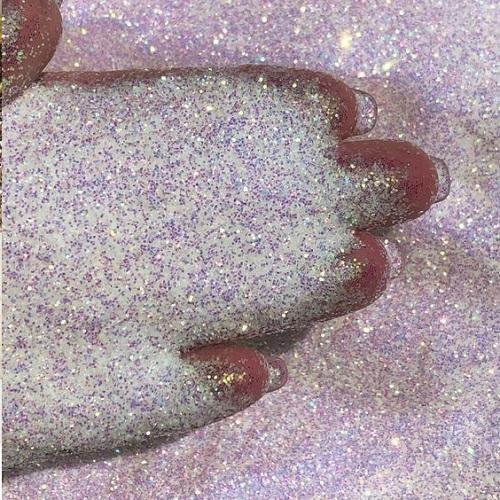
Glitters
Sometimes it can be used together with caviar beads printing on the same surface.

Squeegee Blades
The patterned wet glue base required for caviar printing needs a screen printing mold and squeegee blade.
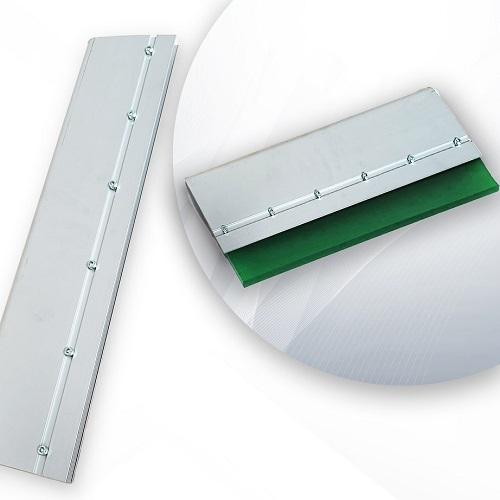
Squeegee Blade Holders
Most squeegee blade holders are already available in the machine. Holder is always required for hand squeegees.
General Warnings about Caviar Beads Printing Applications
The information provided on this page about caviar beads printing is for general guidance purposes.
The details given under topics such as application areas and application stages of caviar beads printing may not cover all aspects. Application may require professional machines and expertise.
Even when performed with the same machines, applications depend on specific adjustments and some critical variables. These include caviar beads, adhesive, and the surface on which the application is made.
Caviar beads that do not stick to fabric or skin in themselves, but can stick to the surface they will be transferred to, can be applied to the surface with the help of an intermediary adhesive. The quality of the adhesive, its features such as its activation temperature, and the correct application of parameters such as its fixation temperature and fixation time directly affect the result.
Troubleshooting and Technical Information page is for theoretical insights into common issues.
For technical support, feel free to contact our company.
The information provided on this page about caviar beads printing is for general guidance purposes.
The details given under topics such as application areas and application stages of caviar beads printing may not cover all aspects. Application may require professional machines and expertise.
Even when performed with the same machines, applications depend on specific adjustments and some critical variables. These include caviar beads, adhesive, and the surface on which the application is made.
Caviar beads that do not stick to fabric or skin in themselves, but can stick to the surface they will be transferred to, can be applied to the surface with the help of an intermediary adhesive. The quality of the adhesive, its features such as its activation temperature, and the correct application of parameters such as its fixation temperature and fixation time directly affect the result.
Troubleshooting and Technical Information page is for theoretical insights into common issues.
For technical support, feel free to contact our company.